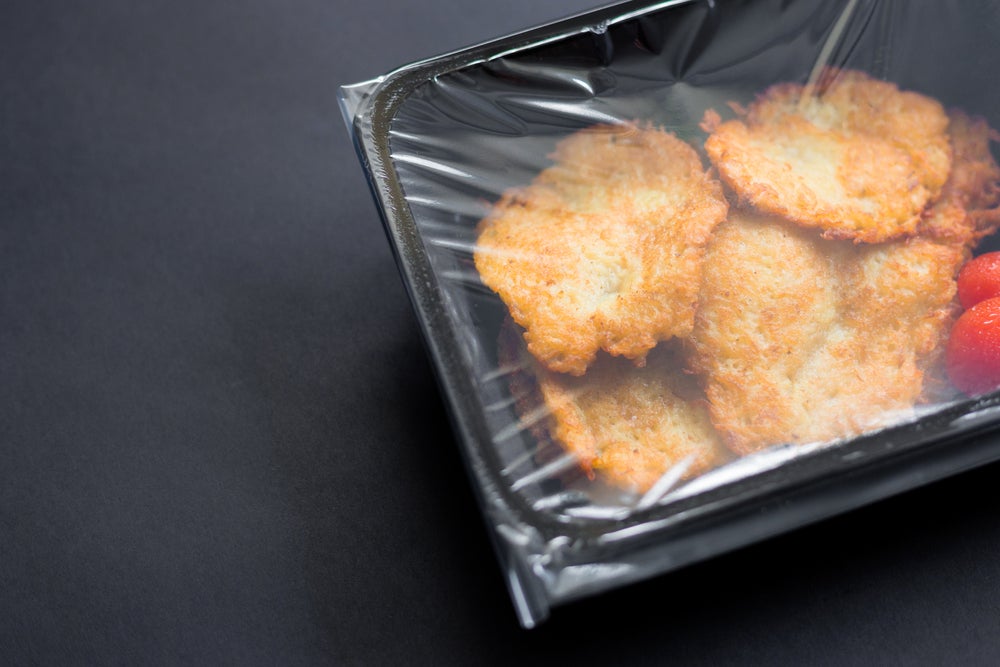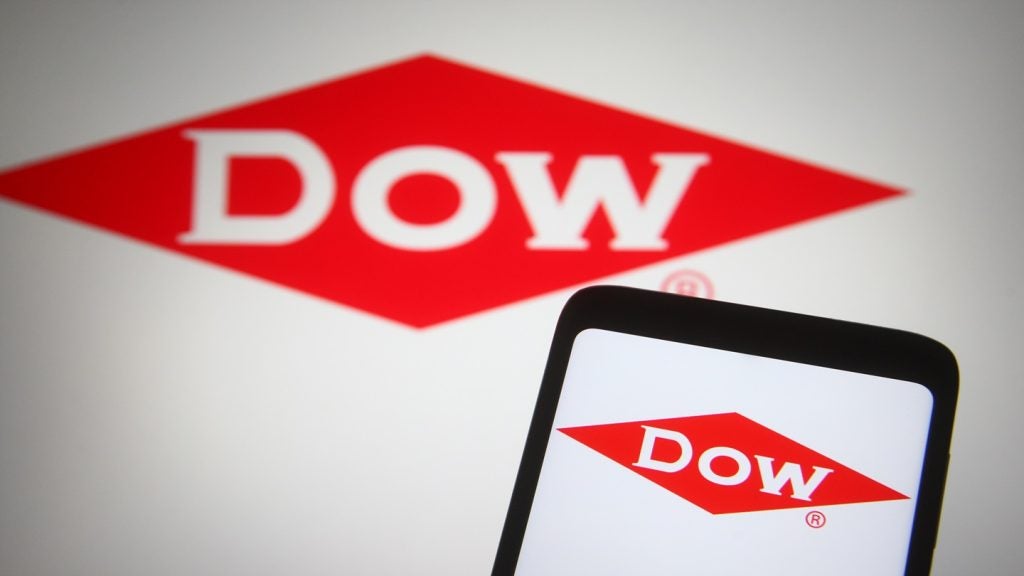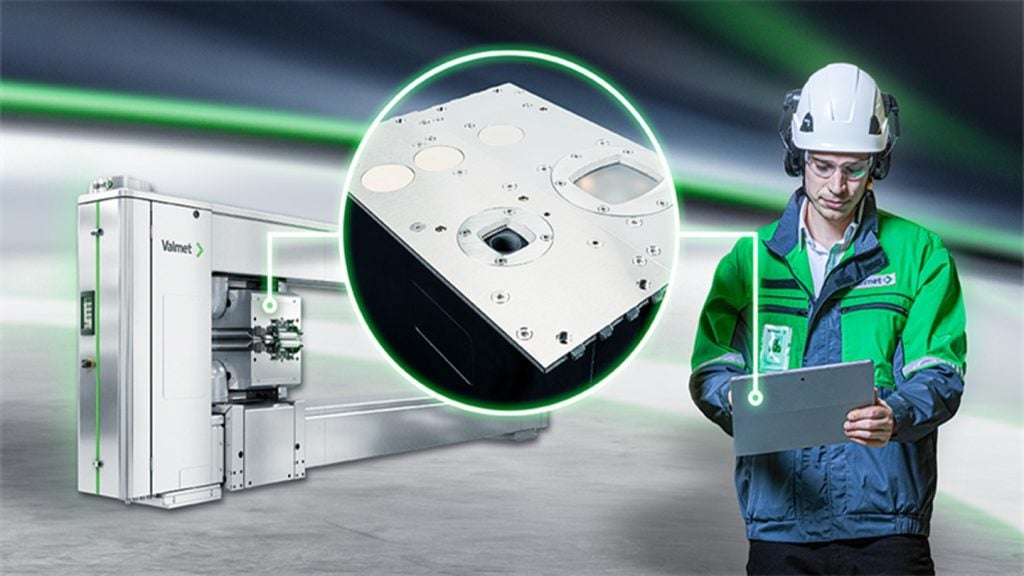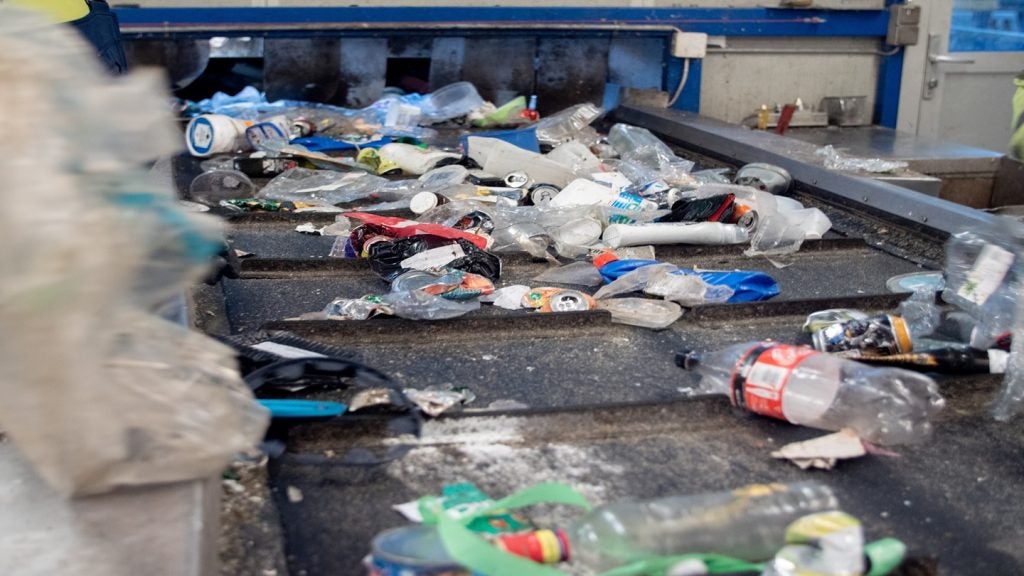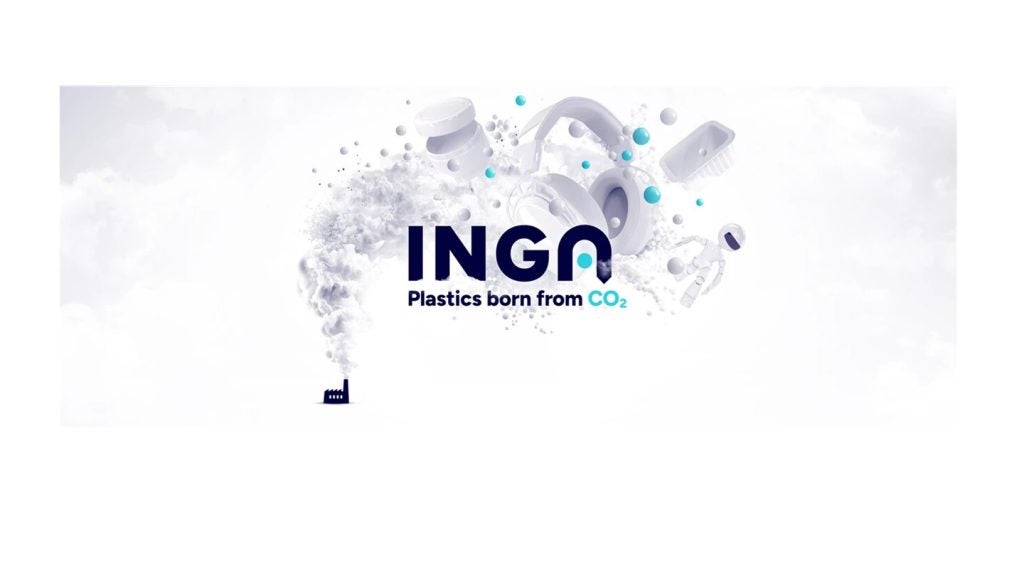Heat sealing has emerged as a critical technology in the packaging industry, providing efficient, reliable solutions for sealing a vast range of products.
From food packaging to medical supplies, the applications of heat sealers are extensive, and the innovations within this sector are transforming how businesses approach packaging.
This article delves into the latest advancements in heat sealing technology, examining its mechanisms, variations, and the benefits it brings to modern packaging solutions.
What Is heat sealing?
At its core, heat sealing is a process that uses heat and pressure to bond two thermoplastic materials together. The technology is particularly effective for packaging as it provides a protective barrier against moisture, contaminants, and physical damage.
Heat sealers typically utilise thermoplastics such as polyethylene (PE), polypropylene (PP), and polyvinyl chloride (PVC), which respond well to the heat generated during the sealing process.
The effectiveness of heat sealing lies in its ability to create strong seals quickly and efficiently, making it an ideal choice for high-volume production lines. This efficiency is bolstered by recent innovations that enhance the sealing process, improving both speed and reliability.
For instance, advancements in heating elements, such as the introduction of high-frequency and radio frequency sealers, allow for more precise temperature control and faster sealing times, thereby reducing downtime in production.
Types of heat sealers and their advancements
The packaging industry has seen significant diversification in heat sealing technologies. There are several types of heat sealers, each suited to different materials and production requirements:
- Impulse heat sealers: These are among the most commonly used sealers, known for their safety and cost-effectiveness. They apply heat only when the sealing mechanism is engaged, minimising the risk of accidental burns. Recent developments have introduced models that feature digital controls, allowing users to adjust sealing times and temperatures with greater accuracy.
- Constant heat sealers: These machines provide continuous heating, making them suitable for thicker materials and higher production volumes. Innovations in materials for sealing bars have led to enhanced durability and longer operational lifespans, ensuring that these sealers maintain performance over time.
- Foot operated sealers: Typically used in environments where manual handling is prevalent, these sealers are activated by a pedal. New designs focus on ergonomics and efficiency, enabling operators to maintain a steady workflow while reducing physical strain.
- Continuous motion sealers: Ideal for high-speed applications, these machines use conveyor systems to automate the sealing process. Recent advancements include improvements in sealing ribbon technology, which allow for faster sealing speeds without compromising the integrity of the seal.
- Vacuum heat sealers: While distinct from standard heat sealers, vacuum sealers have seen innovations that integrate heat sealing into the process of removing air from packaging. This technology is crucial for extending the shelf life of perishable goods.
Each type of heat sealer has its own set of advantages and is chosen based on the specific requirements of the packaging project, including material type, thickness, and the desired production speed.
Benefits of modern heat-sealing technologies
The innovations in heat sealing technology provide a multitude of benefits that are invaluable to packaging professionals.
- Efficiency: The advancements in heat sealing machines mean that they can operate at higher speeds while maintaining precise control over the sealing process. This results in less waste, lower energy consumption, and a more efficient overall production line.
- Versatility: Modern heat sealers are designed to handle various types of materials and thicknesses. This versatility allows businesses to adapt their packaging strategies to meet changing market demands without the need for significant capital investment in new equipment.
- Improved quality control: With enhanced temperature controls and automated sealing processes, the quality of the seals is more consistent. This is critical for products that require airtight seals to ensure freshness or safety, such as food and medical supplies.
- Cost-effectiveness: By reducing waste and improving production speed, businesses can significantly lower their packaging costs. Moreover, the durability of modern heat sealers reduces maintenance needs and extends the life of the equipment.
- Enhanced safety: With innovations focusing on user safety, such as insulated heat bars and automatic shut-off features, modern heat sealers are safer for operators, minimizing the risk of accidents in the workplace.
Ultimately, the evolution of heat sealing technology continues to drive improvements in packaging efficiency, safety, and quality. As the packaging industry grows, so too does the need for innovative solutions that meet the demands of sustainability and operational excellence.
Heat sealing remains a cornerstone of this evolution, ensuring that products are well-protected, appealing, and accessible to consumers worldwide.


